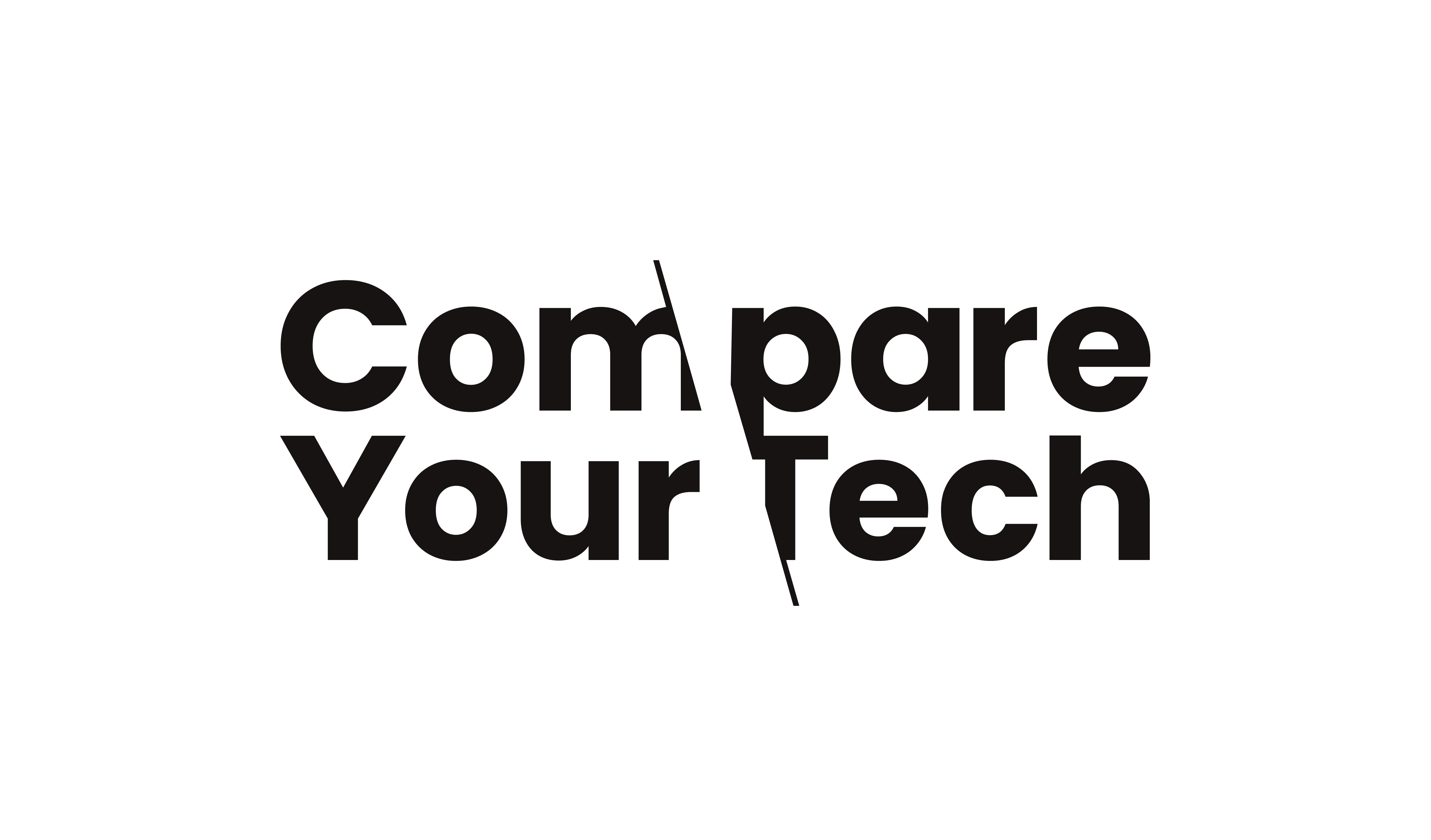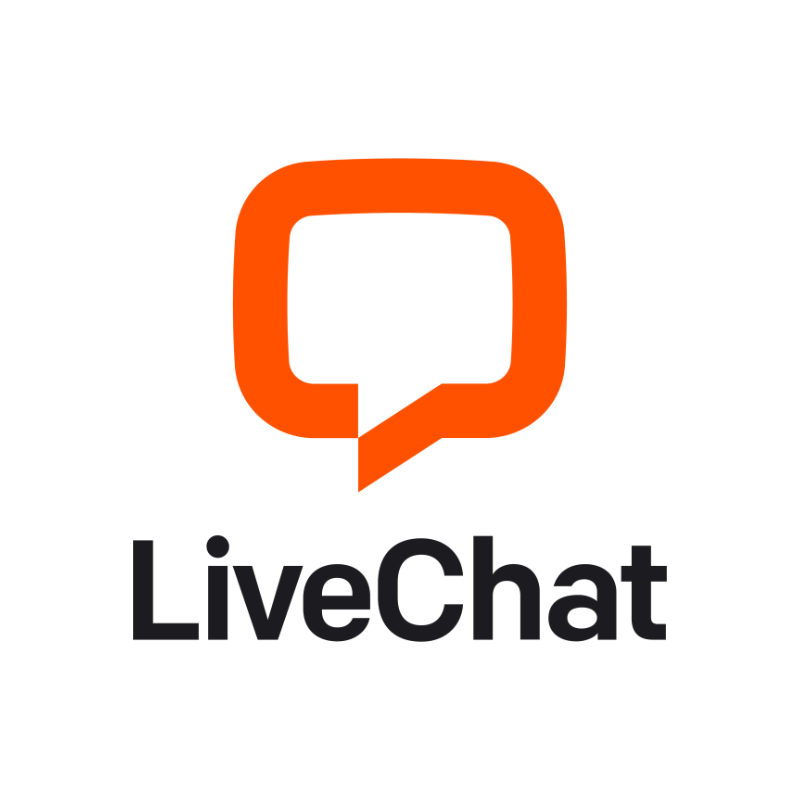Frequently Asked Questions about Streamlit
Who are Streamlit?
Streamlit is an open-source app framework specifically designed for machine learning and data science projects. Founded in 2018, the company aims to streamline the process of creating data web applications, enabling data scientists and machine learning engineers to share their work quickly and effectively.
What are Streamlits products?
Streamlit offers a single primary product: the Streamlit framework itself, which allows users to create custom web applications for data visualisation and machine learning models using Python. The framework is designed for rapid development and easy deployment of interactive applications.
What services do Streamlit offer?
Streamlit primarily offers its framework as a service to developers and organisations. While the core product is free and open-source, Streamlit also provides cloud hosting solutions for deploying Streamlit applications, facilitating easier sharing and collaboration.
What type of companies do Streamlits products suit?
Streamlits products are particularly suited for companies and organisations engaged in data science, machine learning, and analytics. This includes tech companies, research institutions, financial services, and any business that relies on data-driven decision-making.
How much does Streamlits product cost?
The core Streamlit framework is open-source and free to use. However, for cloud hosting services and additional features, pricing may vary based on the specific plan chosen by the user or organisation.
Does Streamlit offer a free trial?
Streamlit does not have a traditional free trial since the core framework is open-source and available for free. Users can freely download and use the framework without any initial investment.
What discounts does Streamlit offer on their products?
Streamlit does not publicly advertise any specific discounts. Users interested in the cloud services should contact Streamlit directly for any potential promotional offers or pricing adjustments based on usage or enterprise agreements.
Are there any hidden fees or additional costs with Streamlit?
There are no hidden fees associated with the open-source framework. However, for cloud services, users should review the pricing structure carefully to understand any potential costs associated with data storage, computing resources, or additional features.
Who uses Streamlits products?
Streamlits products are used by data scientists, machine learning engineers, and developers in various industries, including finance, healthcare, education, and technology, who need to build and share data applications quickly.
What are the main features of Streamlits products/services?
Key features of Streamlit include:
- Easy-to-use API for building interactive web applications using Python.
- Real-time updates and automatic reloading of applications during development.
- Support for a variety of data visualisation libraries such as Matplotlib, Plotly, and Altair.
- Integration with machine learning libraries and frameworks.
- Customisable layout and components for tailoring applications to specific requirements.
How does Streamlit compare to its competitors?
Compared to competitors, Streamlit is known for its simplicity and ease of use, allowing developers to create applications quickly without extensive web development knowledge. Competitors may offer more extensive features but can also require a steeper learning curve.
Is Streamlits platform easy to use?
Yes, Streamlit is designed to be user-friendly, especially for those familiar with Python programming. Its straightforward API allows users to focus on data and logic rather than the complexities of web development.
How easy is it to set up Streamlits product or service?
Setting up Streamlit is relatively easy. Users can install the framework using pip in Python and start creating applications within minutes. Comprehensive documentation is available to guide users through the setup process.
Is Streamlit reliable?
Streamlit is considered reliable by its user community. As an open-source project, it benefits from contributions and feedback from its users, which helps in maintaining robustness and performance.
Does Streamlit offer customer support?
Streamlit provides community support through forums and documentation. For users of their cloud services, there may be additional support options depending on the subscription level.
How secure is StreamlitÕs platform?
Streamlit takes security seriously, particularly for its cloud services. It implements standard security practices to protect user data and applications, but users should also follow best practices in their development to ensure security.
Does Streamlit integrate with other tools or platforms?
Yes, Streamlit integrates well with various Python libraries and tools, including Pandas, NumPy, and machine learning frameworks such as TensorFlow and PyTorch, allowing users to leverage existing tools within their applications.
Can I use Streamlit on mobile devices?
Streamlit applications can be accessed on mobile devices, but the design and responsiveness depend on how the application is developed. Users can create responsive layouts that adapt to different screen sizes.
What do users say about Streamlit?
Users generally appreciate Streamlits ease of use, rapid development capabilities, and community support. Many find it particularly beneficial for quickly prototyping and sharing data applications.
What are the pros and cons of Streamlit?
Pros:
- User-friendly interface for Python developers.
- Rapid application development.
- Strong community support and documentation.
Cons:
- Limited out-of-the-box features compared to some commercial solutions.
- Requires knowledge of Python programming.
How can I purchase StreamlitÕs services?
Streamlits core framework is free to use. For cloud hosting services, users can sign up on the Streamlit website and choose a subscription plan that meets their needs.
What is the cancellation or refund policy for Streamlit?
Streamlits cancellation and refund policies for cloud services may vary. Users should refer to the specific terms and conditions provided during the subscription process for detailed information.
Who uses Streamlit?
Streamlit is used by data scientists, analysts, and developers across various sectors who need to create interactive data applications and visualisations quickly and efficiently.
What are the common use cases for Streamlit?
Common use cases include building dashboards, visualising data analysis results, creating interactive machine learning model demonstrations, and developing applications for data exploration and reporting.
Why choose Streamlit over other options?
Streamlit is often chosen for its simplicity, speed of development, and the ability to leverage Pythons extensive libraries, making it a favourable option for data-centric applications.
How easy is it to set up Streamlit?
Setting up Streamlit is straightforward. Users can install it via pip and begin developing applications with minimal configuration required, aided by comprehensive documentation.
Does Streamlit offer training or tutorials?
Streamlit provides extensive documentation, tutorials, and community resources to help users learn how to use the framework effectively.
What languages does Streamlit support?
Streamlit primarily supports Python, as it is designed for Python developers to create web applications. Other languages are not natively supported.
What problems does Streamlit solve?
Streamlit addresses the challenges of building web applications for data visualisation and machine learning, allowing users to focus on their data rather than the complexities of web development.
Is Streamlit worth the investment?
For organisations and individuals involved in data science and machine learning, Streamlit offers significant value by facilitating rapid application development and deployment, making it a worthwhile investment.






Leave a Reply
You must be logged in to post a comment.